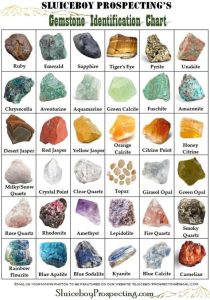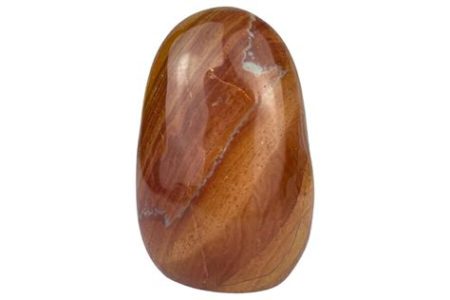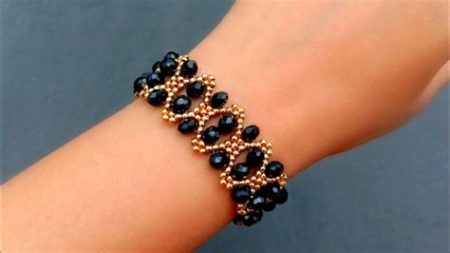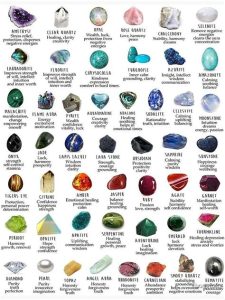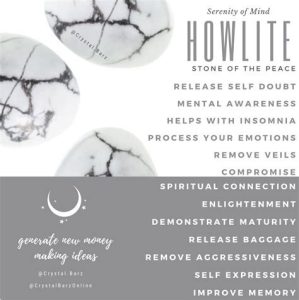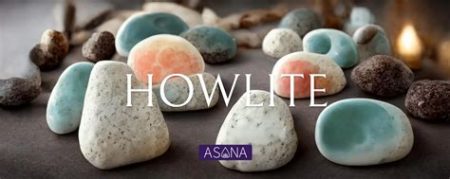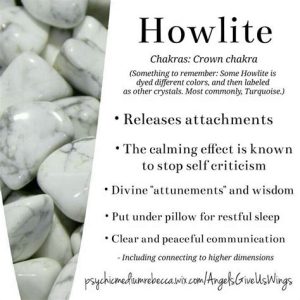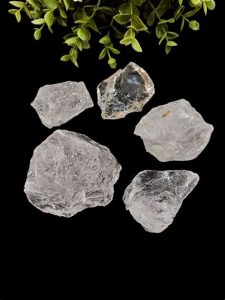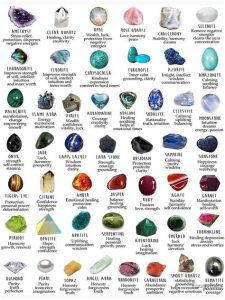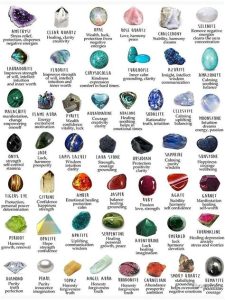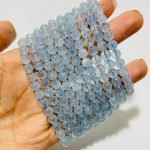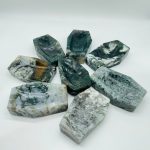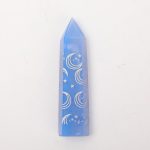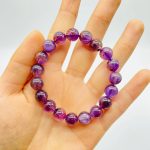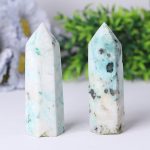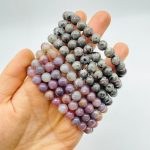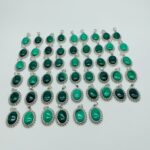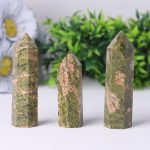Introduction
In the realm of gemstones, quartz and diamond stand as two titans, each boasting its own unique allure and unparalleled properties. As we approach the advent of 2025, it becomes imperative to delve into an in-depth comparison of these two gems, exploring their distinct characteristics, advantages, and applications.
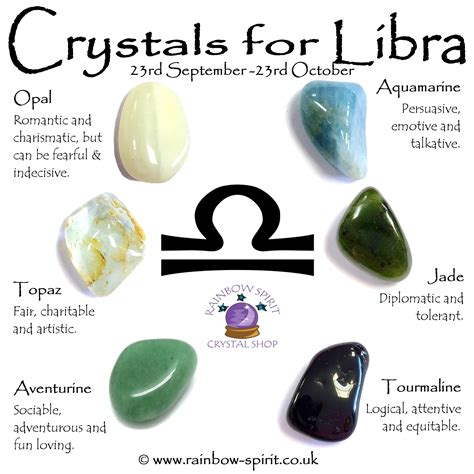
Quartz VS Diamond: A Side-by-Side Analysis
Origin and Composition
- Quartz: A naturally occurring mineral composed primarily of silicon and oxygen, found in abundance in the Earth’s crust.
- Diamond: An exceedingly rare form of pure carbon, created under extreme heat and pressure deep within the Earth’s mantle.
Hardness and Durability
- Quartz: Ranks an impressive 7 on the Mohs scale of hardness, making it resistant to scratches and abrasions.
- Diamond: Renowned for its exceptional hardness of 10 (the highest on the Mohs scale), surpassing all other known natural materials.
Brilliance and Clarity
- Quartz: Exhibits excellent clarity and transparency, allowing light to pass through effortlessly.
- Diamond: Characterized by an unmatched brilliance and refractive index, resulting in a dazzling display of light reflections.
Color and Variety
- Quartz: Available in a wide spectrum of colors, including colorless (rock crystal), rose pink, smoky gray, and amethyst purple.
- Diamond: Primarily colorless or slightly tinted yellow, but can also exhibit rare and highly sought-after colors such as blue, pink, and red.
Value and Affordability
- Quartz: Relatively affordable and widely accessible, making it a popular choice for jewelry and decorative purposes.
- Diamond: Significantly more expensive due to its extreme rarity and high demand, particularly for larger stones and exceptional clarity.
Applications
Quartz:
– Jewelry: Bracelets, necklaces, earrings, and pendants
– Decorative Arts: Sculptures, gemstones, and art objects
– Industrial: Electronic components, piezoelectric devices, and optical fibers
Diamond:
– Jewelry: Engagement rings, wedding bands, and statement pieces
– Industrial: Cutting tools, abrasives, and scientific instruments
– Investment: As a store of value and a hedge against inflation
Step-by-Step Guide to Choosing Between Quartz and Diamond
1. Determine Your Purpose:
Consider the intended use of the gem. Quartz is suitable for everyday wear and decorative purposes, while diamond excels in high-end jewelry and investment.
2. Set Your Budget:
Diamonds are significantly more expensive than quartz. Determine your financial constraints before making a decision.
3. Consider Your Style:
Quartz offers a wider range of colors, while diamond is known for its brilliance and classic elegance. Choose the gem that complements your personal style.
4. Seek Professional Advice:
If you are unsure or have specific requirements, consult a reputable jeweler or gemologist for expert guidance.
Common Mistakes to Avoid
1. Confusing Moissanite with Diamond:
Moissanite, a synthetic gemstone, can resemble diamond at a lower price. Be aware of the differences and seek professional verification if necessary.
2. Overestimating the Value of Clarity:
Clarity is important, but it should not be the sole determinant of value. Consider other factors such as cut, color, and carat weight.
3. Neglecting Color:
While diamonds are often associated with colorlessness, colored diamonds can be highly valuable and desirable.
Future Trends and Applications
Synthesized Quartz:
Technological advancements are leading to the production of lab-created quartz, offering affordability and accessibility without compromising its inherent properties.
Diamond-Like Carbon (DLC):
DLC is a thin film coating inspired by the structure of diamond. It mimics the hardness and durability of natural diamond, finding applications in high-performance tools and electronics.
Biotechnologically Engineered Diamonds:
Scientists are exploring ways to create diamond-like materials using biotechnology. This could potentially revolutionize the production and applications of diamond-like materials.
Market Insights
The global quartz market is estimated to reach $5.4 billion by 2025, driven by its versatility and affordability. The diamond market is projected to grow to $32.5 billion by 2025, fueled by demand for luxury jewelry and investment-grade diamonds.
Pain Points and Motivations:
Quartz:
– Lack of prestige associated with natural diamonds
– Limited perceived value compared to other gemstones
Diamond:
– High cost
– Ethical concerns surrounding mining practices
Customer Motivations:
– Aesthetics and beauty
– Symbol of love and commitment
– Investment potential
Conclusion
Quartz and diamond, while sharing similarities, are distinct gems with their own unique advantages and applications. Understanding their differences and similarities is crucial in making an informed decision that aligns with your specific needs and aspirations. As the world continues to evolve and technology advances, the possibilities for these remarkable gemstones are endless.

